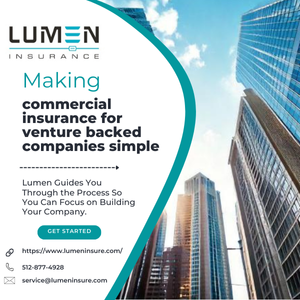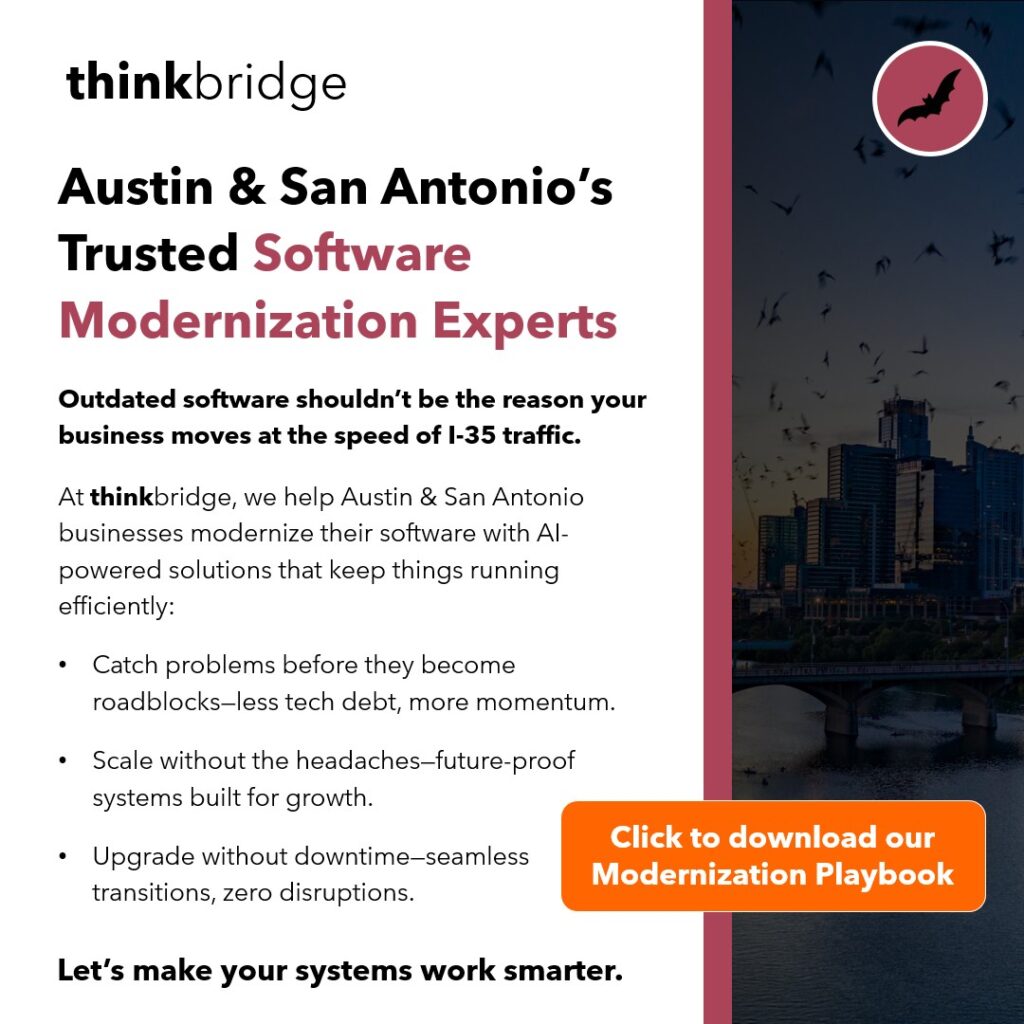By LAURA LOREK
Founder of Silicon Hills News
![]() When the Facebooks and Twitters of the world are soaring everyone thinks of Silicon Valley as a glorious place, said Bill Gurley, general partner of Benchmark Capital.
When the Facebooks and Twitters of the world are soaring everyone thinks of Silicon Valley as a glorious place, said Bill Gurley, general partner of Benchmark Capital.
“But when that changes people go away very, very fast,” Gurley said. “They scatter like the lights coming on in a room.”
He tells people they should be investing in Silicon Valley when no one else is. That’s how they get phenomenal returns, Gurley said. They also need to develop long-term relationships, he said.
“I think it’s important for people to understand how cyclical things are,” Gurley said.
He spoke Thursday afternoon on a panel of experts discussing trends and emerging technologies during the second annual University of Texas in Silicon Valley event at the Sharon Heights Golf and Country Club on Sand Hill Road in Menlo Park.
Another panelist, Mike Maples Jr., partner in Floodgate Ventures, thinks this decade is going to be as pivotal in innovation as the 1970s were. In the 2000s, the cost of starting a company collapsed, he said. That created an opening for a new class of venture firms, he said.
“Innovation is becoming democratized,” Maples said.
Bob Metcalfe, professor of innovation at the University of Texas at Austin and the inventor of the Ethernet, is worried there’s a bubble in the startup world going on now.
“I do think one of the reasons the business is cyclical is because we take on risk very marginally and there’s a lot of mimicry,” Gurley said.
![]() For example, in 2012, Workday went public and immediately started trading at 15 times forward revenue even though half the revenue is services and they’re burning $30 million to $40 million a year, Gurley said.
For example, in 2012, Workday went public and immediately started trading at 15 times forward revenue even though half the revenue is services and they’re burning $30 million to $40 million a year, Gurley said.
That triggers a discussion in every software as a service boardroom around Silicon Valley about whether the companies are pushing hard enough and going far enough, Gurley said. “So you go raise more money and you build up the sales and marketing line items and you burn more.”
“And so the collective burn of the SAS companies in Silicon Valley must be in the billions right now if you could add them all up,” Gurley said. “Another way to think about this, which I wrote about recently, is the number of people employed in Silicon Valley in money losing companies is at an all time high now.”
The last time it was that high was in 1999, Gurley said.
“There is inherent risk in that,” Gurley said. “If we hit any kind of speed bump you won’t be able to get those companies into a position where they can be sustainable without very catastrophic events.”
Twitter is an example of this trend. It’s unprofitable.
“No one is sacrificing growth for profitability right now,” Gurley said. The markets are rewarding companies for that, he said.
Centers of Innovation
Silicon Valley, Austin and Israel have been so successful as tech centers because they have a fundamentally different belief system in place, said Greg Horowitt, co-founder and managing director of T2 Venture Capital and the author of “The Rainforest: the Secret to Building the Next Silicon Valley.”
One of the beliefs is in the concept of paying it forward, Horowitt said.
“The fact is we have to take care of each other,” he said. “There has to be a sense of yes it’s important to compete, but you also have to collaborate.”
There has to be a sense of a paradox of innovation, Horowitt said. That is only accepted once it’s imitated, he said. It’s hard to spot innovation because there’s no pattern recognition when something is completely new, he said. The bubbles happen when entrepreneurs get caught up in the imitation, he said.
“And so what we have to do is we have to be able to support the crazies,” Horowitt said. “We have to allow them to experiment and be creative. We have to allow people to fail and take the risks and we don’t punish them for doing that.”
The most successful tech centers have created systems in which knowledge and ideas flow freely, Horowitt said. He cited, as an example, author Matt Ridley’s book: Rational Optimism in which Ridley defines innovation as ideas having sex.
“When I read that I knew my job is to promote promiscuity,” he said.
Cultivating risk-tasking environments
The kind of environment that promotes risk-taking leads to rewards, Maples said. At Stanford University, the roots came from the gold rush, Maples said. Its professors encourage students to drop out and try out their ideas, he said.
“The thing I’ve seen in Silicon Valley is why don’t you just try it,” Maples said. “That’s the kind of atmosphere that is going to cause you to find the next rock of gold or create the next Google.”
In Silicon Valley, there is a tiny fraction of outliers who pursue counter-intuitive exponential ideas, Maples said. “Most of them fail. But when they work, they are spectacular. The crazy exponential idea out here gets encouraged and has an outlet. The crazy exponential idea in Austin, which I hope will change someday, but it tends to have mentors, advisors and people around it that say you’re trying to be a vitamin not a pain killer. You’re not solving the customer problem.”
Innovators in Silicon Valley like Sergey Brin and Larry Page, co-founders of Google, and Elon Musk, founder of Tesla and SpaceX, don’t think that way, Maples said.
“That’s the X factor that Silicon Valley has,” he said.
Part of that is volume, Gurley said.
“Every smart and dumb version of every idea gets tried,” Maples said.
In search of Unicorns and Thunder Lizards
The size of undergraduate ideas is very small at the University of Texas at Austin, Metcalfe said.
“We’ve got to do a Unicorn in Austin pretty soon,” Metcalfe said. “That’s in my performance appraisal. I have to deliver some Unicorns.”
Unicorns are startups that hit $1 billion in valuation. Maples calls them Thunder Lizards.
Austin also needs more catalysts to help grow its ecosystem. Dell hasn’t created as many startups in Austin as some of the successful technology companies in Silicon Valley, according to the panelists.
The research university, in this case the University of Texas at Austin, is the driver in the innovation ecosystem, Metcalfe said.
There’s a bubble in social, mobile and cloud, Metcalfe said.
But Maples thinks more opportunity lies in the mobile industry because young people rely on their mobile phones more than cars. His 19-year-old daughter doesn’t have a driver’s license. He investigated and found out many teenagers no longer get their driver’s license. They rely on their phone for freedom that cars once provided, he said. So he thinks there’s a lot more opportunity developing for social, mobile and local apps for the mobile phone.
He thinks there are going to be companies worth more than $100 billion that put mobile first.
Gurley said a lot more of the population is becoming urban.
The democratization of innovation will lead to more diverse tech entrepreneurs creating companies regardless of their geography, Maples said.
In Austin, the new Dell Medical School will spark more innovation and startups in the life sciences and biotechnology industries, said Metcalfe. He often tells his students: “The world’s most important problems will not be solved by yet another website.”

